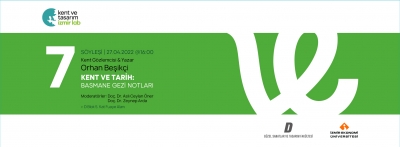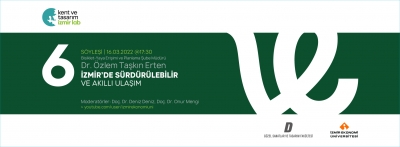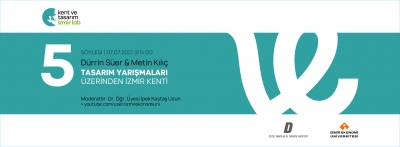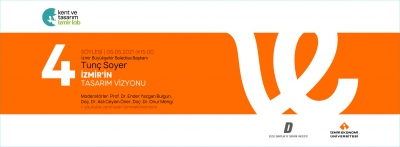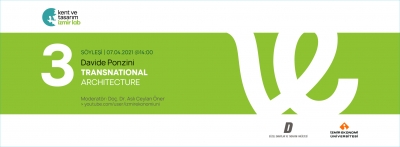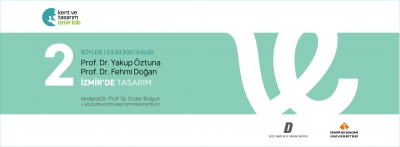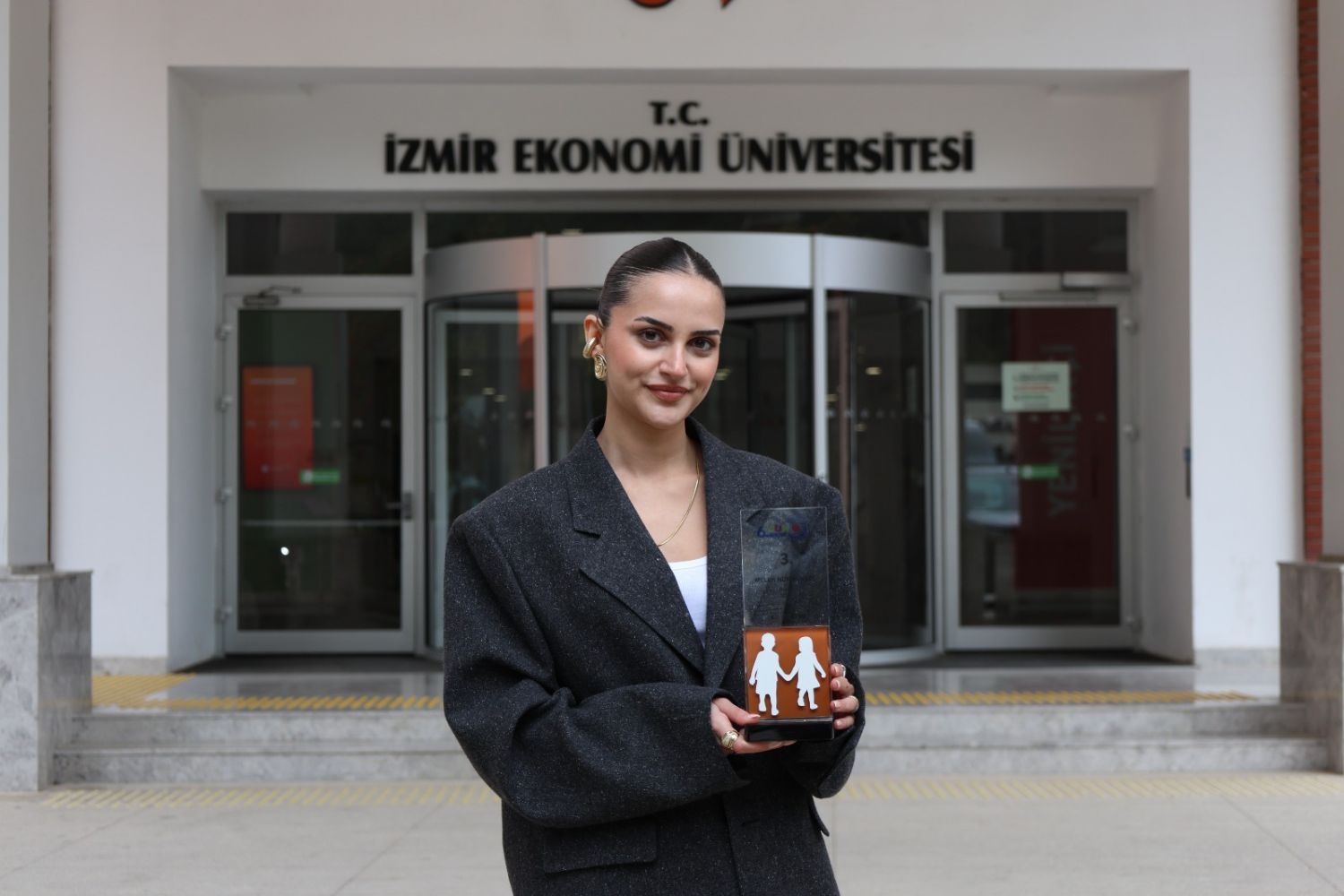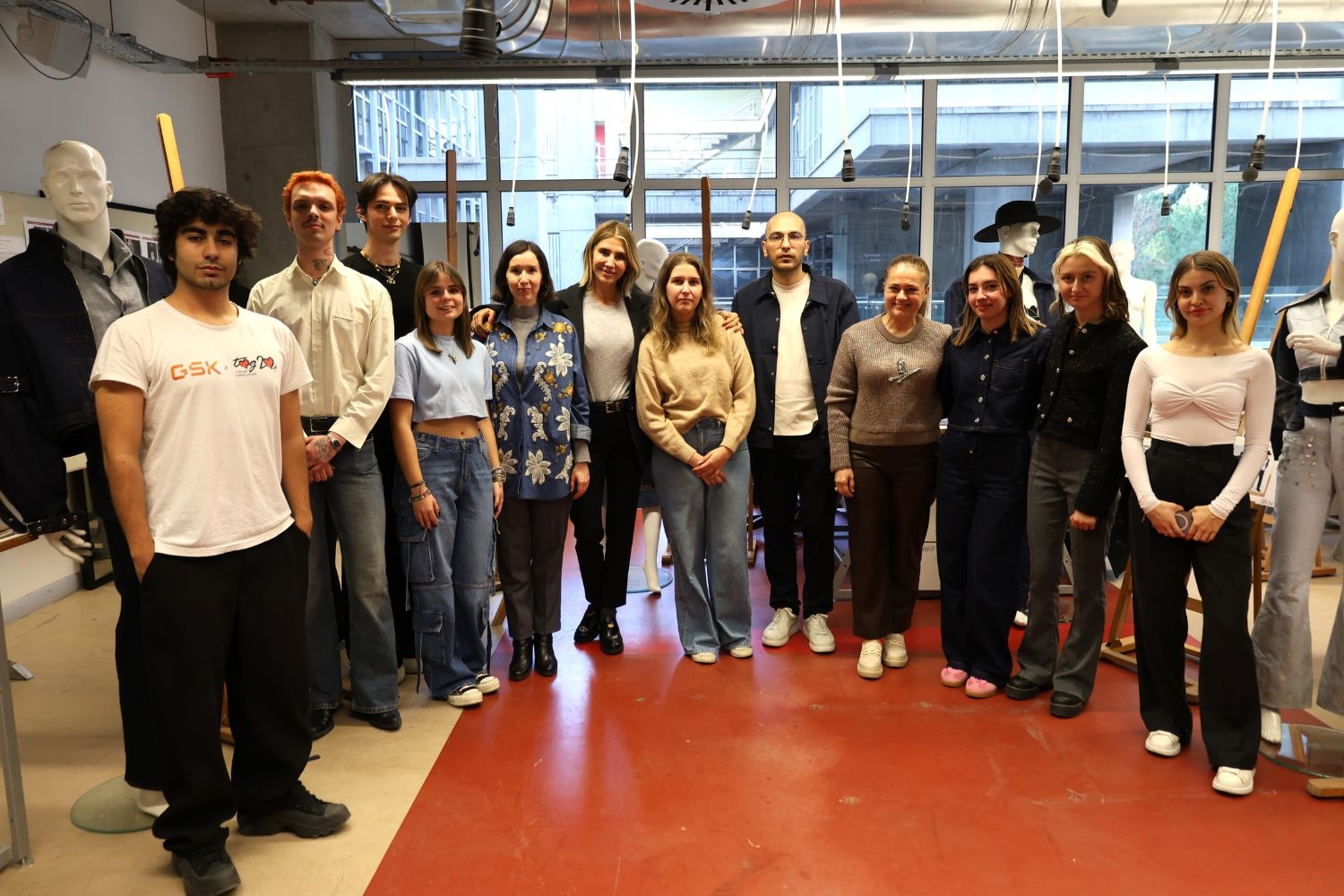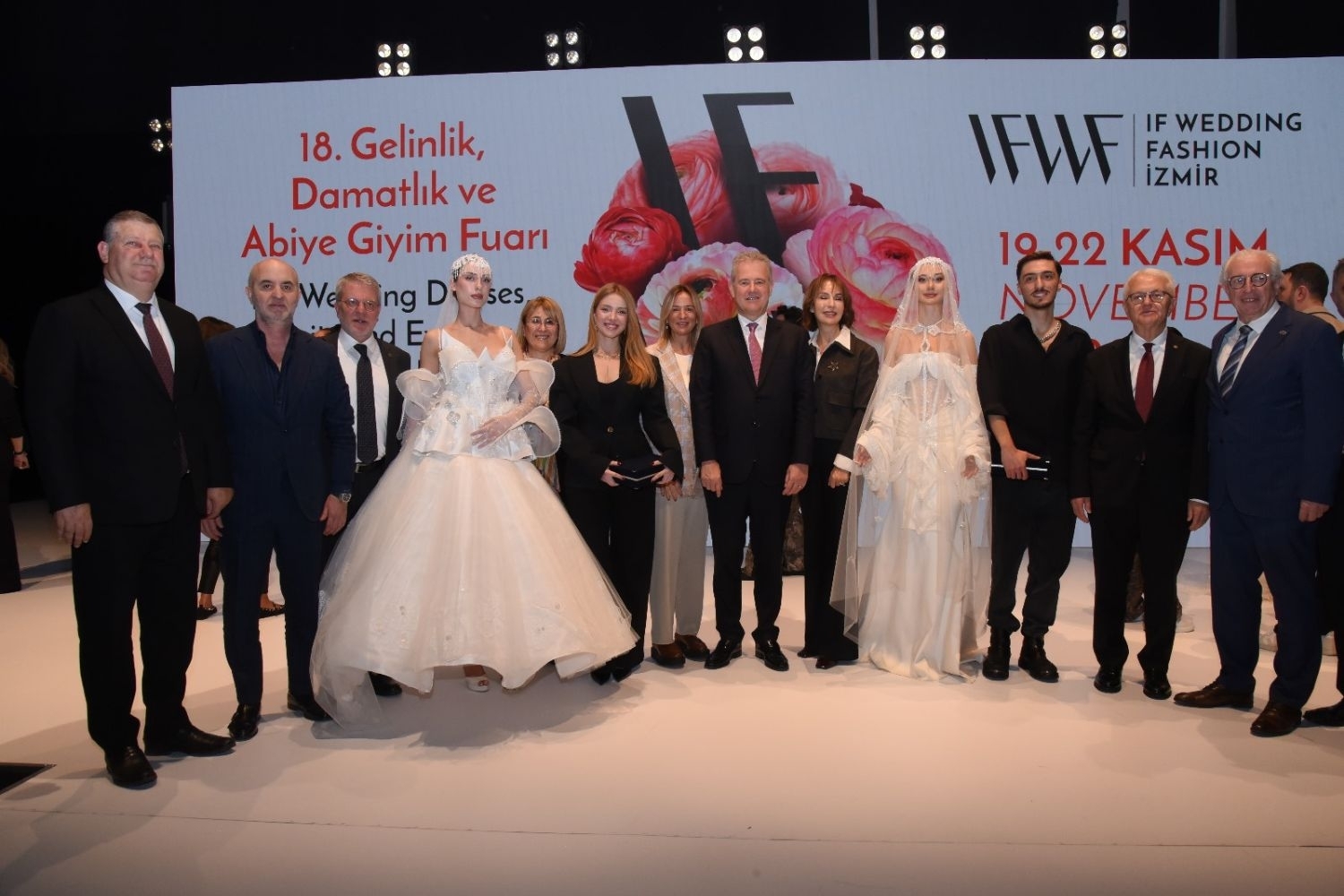FACULTY OF FINE ARTS AND DESIGN
Department of Textile and Fashion DesignFA 205 | Course Introduction and Application Information
| Course Name |
History of Dress
|
|
Code
|
Semester
|
Theory
(hour/week) |
Application/Lab
(hour/week) |
Local Credits
|
ECTS
|
|
FA 205
|
Fall
|
3
|
0
|
3
|
4
|
| Prerequisites |
None
|
|||||
| Course Language |
English
|
|||||
| Course Type |
Required
|
|||||
| Course Level |
First Cycle
|
|||||
| Mode of Delivery | face to face | |||||
| Teaching Methods and Techniques of the Course | DiscussionQ&ACritical feedbackField trip / ObservationLecture / Presentation | |||||
| National Occupation Classification | - | |||||
| Course Coordinator | - | |||||
| Course Lecturer(s) | ||||||
| Assistant(s) | - | |||||
| Course Objectives | The aim of this course is to provide a general overview of the development of costume from pre-historic times until the 20th century in context with sociological, economical and cultural movements. |
| Learning Outcomes |
The students who succeeded in this course;
|
| Course Description | In this course, the basic terminology and forms of costumes up to the 20th century will be explained, taking into account the importance and use of historical research in design practice. |
| Related Sustainable Development Goals |
|
|
|
Core Courses |
X
|
| Major Area Courses | ||
| Supportive Courses | ||
| Media and Management Skills Courses | ||
| Transferable Skill Courses |
WEEKLY SUBJECTS AND RELATED PREPARATION STUDIES
| Week | Subjects | Related Preparation |
| 1 | Course Introduction- Understanding the importance of studying the history of dress | |
| 2 | Prehistoric Clothing | Chapter 1/2, Laver, James, A Concise History of Fashion, Thames and Hudson, 1992, pp. 07-14. |
| 3 | ANTIQUITY | Mesopotamia, Hittite, Egypt | Chapter 1/2, Laver, James, A Concise History of Fashion, Thames and Hudson, 1992, pp. 07-30. |
| 4 | ANTIQUITY | Mediterranean civilizations, Greece & Rome | Chapter 3, Laver, James, A Concise History of Fashion, Thames and Hudson, 1992, pp.18-35 |
| 5 | ANTIQUITY | Turkic Civilizations / QUIZ 1 | QUIZ 1 Aktaş, C., & Özkavruk Adanır, E. (2024). Geleneksel Türk Kadın Giysilerinde Sıfır Atık Tasarım Yaklaşımı. Sanat ve Tasarım Dergisi, 14(1), 353-373. https://doi.org/10.20488/sanattasarim.1506104 Ertürk, Nilay. Türklerde Giyim Kuşam. İstanbul: Hayalperest, 2018 |
| 6 | MEDIEVAL | Byzantine | Chapter 3, Laver, James, A Concise History of Fashion, Thames and Hudson, 1992, pp.44- 73. |
| 7 | RENAISSANCE | Chapter 3, Laver, James, A Concise History of Fashion, Thames and Hudson, 1992, pp.35- 40. |
| 8 | BAROQUE | ROCOCO | Chapter 3, Laver, James, A Concise History of Fashion, Thames and Hudson, 1992, pp. 127- 176), (pp. 213- 251). |
| 9 | MIDTERM WEEK | |
| 10 | OTTOMAN CLOTHING / QUIZ 2 | QUIZ 2 Ertürk, Nilay. Türklerde Giyim Kuşam. İstanbul: Hayalperest, 2018. |
| 11 | DIRECTOIRE | EMPIRE | REGENCY | Chapter 5-6, Laver, James, A Concise History of Fashion, Thames and Hudson, 1992, pp.53- 64. |
| 12 | ROMANTICISM | VICTORIAN | Laver, James, A Concise History of Fashion, 2004, pp. 177-211. |
| 13 | VICTORIAN | Laver, James, A Concise History of Fashion, 2004, pp. 177-211. |
| 14 | Presentations | |
| 15 | Presentations | |
| 16 | Semester Review |
| Course Notes/Textbooks | Laver, James, A Concise History of Fashion, Thames, and Hudson, 1992, ISBN:0-500-20348-2 Boucher, François, A History of Costume in the West, Thames, and Hudson,1996, ISBN:0-500-20348-2 |
| Suggested Readings/Materials | Daniel James Cole, Nancy Deihl - The History of Modern Fashion, Laurence King Pub. Ltd, ISBN 978 1 78067 603 6 Cosgrave, Bronwyn, The Complete History of Costume and Fashion: From Ancient Egypt to the Present Day, Checkmark Books, 2000, ISBN: 978-0816045747 Breward, Christopher, The Culture of Fashion, Manchester University Press, 1995, ISBN: 978-0-7190-4125-9 Scarce, Jennifer. Women’s Costume of the Near and Middle East. Routledge, 2003, ISBN: 9780700714414 Crane, Diana. Fashion and Its Social Agendas: Class, Gender, and Identity in Clothing. University of Chicago Press, 2000, ISBN: 9780226113653 Görgünay, Neriman. Geleneksel Türk Giyim Tarihi. İstanbul: Sergi Yayıncılık, 2008, ISBN: 9789750175243 Ertürk, Nilay. Türklerde Giyim Kuşam. İstanbul: Hayalperest, 2018, ISBN: 9786059533870 |
EVALUATION SYSTEM
| Semester Activities | Number | Weigthing |
| Participation | ||
| Laboratory / Application | ||
| Field Work | ||
| Quizzes / Studio Critiques |
2
|
20
|
| Portfolio | ||
| Homework / Assignments |
1
|
30
|
| Presentation / Jury |
1
|
30
|
| Project |
1
|
20
|
| Seminar / Workshop | ||
| Oral Exams | ||
| Midterm | ||
| Final Exam | ||
| Total |
| Weighting of Semester Activities on the Final Grade |
5
|
100
|
| Weighting of End-of-Semester Activities on the Final Grade | ||
| Total |
ECTS / WORKLOAD TABLE
| Semester Activities | Number | Duration (Hours) | Workload |
|---|---|---|---|
| Theoretical Course Hours (Including exam week: 16 x total hours) |
16
|
3
|
48
|
| Laboratory / Application Hours (Including exam week: '.16.' x total hours) |
16
|
0
|
|
| Study Hours Out of Class |
14
|
2
|
28
|
| Field Work |
0
|
||
| Quizzes / Studio Critiques |
2
|
2
|
4
|
| Portfolio |
0
|
||
| Homework / Assignments |
1
|
20
|
20
|
| Presentation / Jury |
1
|
10
|
10
|
| Project |
1
|
10
|
10
|
| Seminar / Workshop |
0
|
||
| Oral Exam |
0
|
||
| Midterms |
0
|
||
| Final Exam |
0
|
||
| Total |
120
|
COURSE LEARNING OUTCOMES AND PROGRAM QUALIFICATIONS RELATIONSHIP
|
#
|
Program Competencies/Outcomes |
* Contribution Level
|
|||||
|
1
|
2
|
3
|
4
|
5
|
|||
| 1 |
To be able to develop and design a collection independently. |
-
|
-
|
-
|
-
|
-
|
|
| 2 |
To be able to do maintain a design research individually or as a team. |
-
|
-
|
X
|
-
|
-
|
|
| 3 |
To be able to develop entrepreneurship- and managerial skills for a future professional practice. |
-
|
-
|
-
|
-
|
-
|
|
| 4 |
To be able to understand, interpret and apply theoretical knowledge in fashion and textile design. |
-
|
X
|
-
|
-
|
-
|
|
| 5 |
To be able to analyze and integrate the particular local and regional needs and of their profession. |
-
|
-
|
-
|
-
|
-
|
|
| 6 |
To be able to obtain a multidisciplinary point of view, follow and analyze the new issues, changes and trends in contemporary design and art in such a way that they can be integrated into design practice. |
-
|
-
|
X
|
-
|
-
|
|
| 7 |
To be able to apply industrial requirements, knowledge of material & usage and know-how knowledge in the creation of high quality fashion products. |
-
|
-
|
-
|
-
|
-
|
|
| 8 |
To be able to use digital information and communication technologies at a level that is adequate to the discipline of fashion and textile design. |
-
|
-
|
-
|
-
|
-
|
|
| 9 |
To be able to develop an ongoing analytical and professional approach to academic and design research. |
-
|
X
|
-
|
-
|
-
|
|
| 10 |
To be able to recognize the need and importance of a personal lifelong learning attitude towards their chosen area of interest. |
-
|
-
|
-
|
-
|
-
|
|
| 11 |
To be able to collect data in the areas of fashion and textile design and communicate with colleagues in a foreign language ("European Language Portfolio Global Scale", Level B1). |
-
|
-
|
-
|
-
|
-
|
|
| 12 |
To be able to speak a second foreign at a medium level of fluency efficiently. |
-
|
-
|
-
|
-
|
-
|
|
| 13 |
To be able to relate the knowledge accumulated throughout the human history to their field of expertise. |
-
|
-
|
-
|
-
|
-
|
|
*1 Lowest, 2 Low, 3 Average, 4 High, 5 Highest
NEWSALL NEWS

IZMIR UNIVERSITY OF ECONOMICS GÜZELBAHÇE CAMPUS
DetailsGLOBAL CAREER
As Izmir University of Economics transforms into a world-class university, it also raises successful young people with global competence.
More..CONTRIBUTION TO SCIENCE
Izmir University of Economics produces qualified knowledge and competent technologies.
More..VALUING PEOPLE
Izmir University of Economics sees producing social benefit as its reason for existence.
More..









